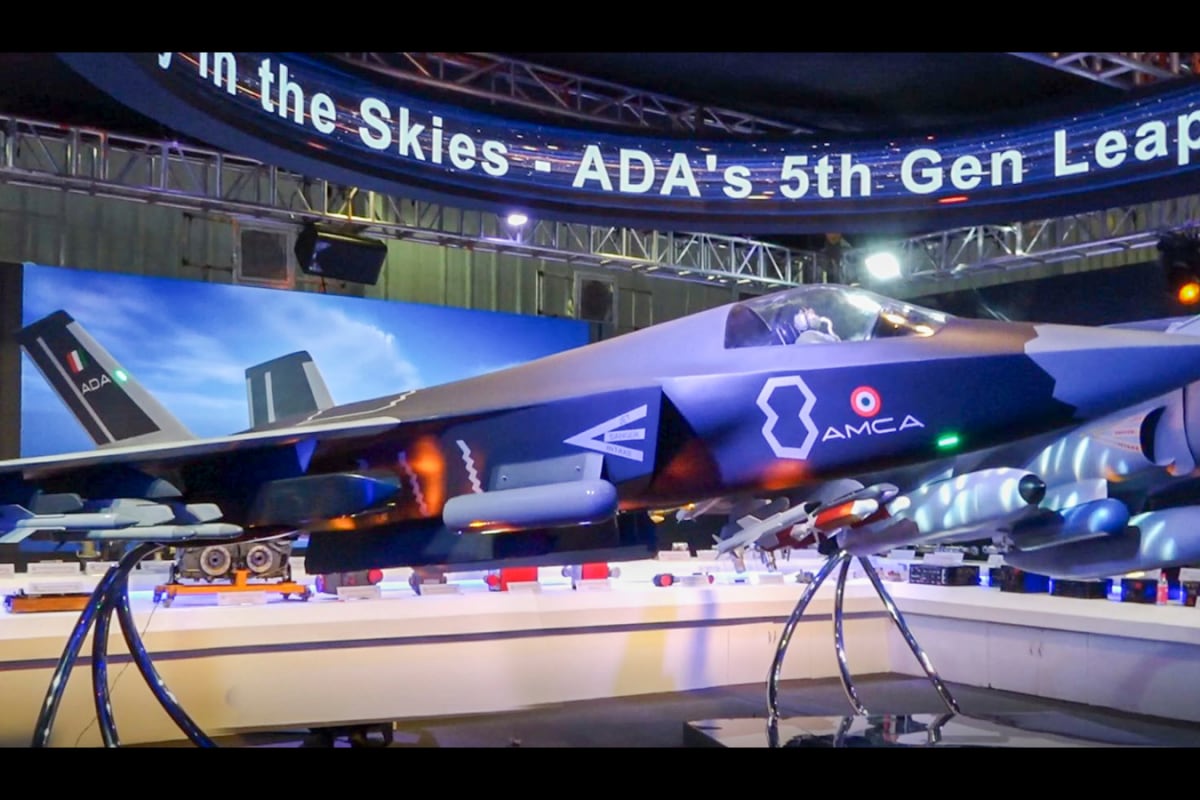

France's Safran has been selected to co-develop and manufacture the engine for India's Advanced Medium Combat Aircraft (AMCA), a fifth-generation stealth fighter jet. This decision marks a significant step for India's "Atmanirbhar Bharat" (self-reliant India) initiative and is intended to position the AMCA as a competitor to the likes of the American F-35 and the Russian Su-57.
The Indian Defence Minister Rajnath Singh confirmed the government-to-government deal with Safran. The collaboration aims to produce a new turbofan engine with 120 kilonewtons of power for the indigenous AMCA, with the first flight of the aircraft planned for 2035. Safran was chosen over GE Aerospace from the United States and Rolls-Royce from the UK. This selection indicates a deep strategic trust in France, a reliable defense partner that did not impose sanctions on India after the 1998 Pokhran tests.
The partnership with Safran is reported to include complete technology transfer and full intellectual property ownership for India, which is crucial for the country's self-reliance in defense manufacturing. The project, with the Defence Research and Development Organisation's (DRDO) Gas Turbine Research Establishment, is estimated to cost almost $7 billion. The engine will be co-developed over a period of 10 years as part of the Horizon 2047 document under the strategic partnership between India and France.
The AMCA is planned as a twin-engine, single-seat, all-weather stealth, multirole combat aircraft designed for the Indian Air Force (IAF) and the Indian Navy. It will be the first fifth-generation fighter jet to enter service with the Indian Air Force. The AMCA is intended to perform air supremacy, ground-strike, Suppression of Enemy Air Defenses (SEAD), and electronic warfare (EW) missions.
The AMCA will initially be powered by GE-414 engines, but the long-term plan is to use the jointly developed Safran engine. The IAF intends to induct seven squadrons (126 jets) of the AMCA, with the first two squadrons using the American GE-F414 engines and the subsequent five using the 120 kilonewton engines.
Safran will enhance the core technology of its M88 engine to achieve a higher thrust output, approximately 75–80 kN dry and 110–120 kN with afterburner. The offer from Safran includes full technology transfer, encompassing critical technologies like single-crystal blades, thermal barrier coatings, and advanced combustors, ensuring India gains indigenous manufacturing and design capabilities. This enhanced engine will incorporate new components, such as an improved compressor and afterburner, to meet the AMCA's performance needs, including supercruise capability. Additionally, Safran will establish a center of excellence in gas turbine technology in India with complete design and metallurgical precision software tools.
The AMCA is designed to be a 5.5-generation stealth fighter, boasting advanced features such as a low radar cross-section, supercruise capability, internal weapons bays, and cutting-edge avionics, including AI-powered electronic pilot systems and net-centric warfare capabilities. Prototypes are expected to roll out by 2027, with the first flight in 2028. Development trials should be completed by 2034, and induction into the IAF is slated for 2035.
India's decision to prioritize the AMCA over foreign platforms like the Su-57 or F-35 is rooted in the need for strategic autonomy. The AMCA represents an opportunity for India to build a world-class fighter tailored to its specific needs, securing technological sovereignty and strengthening its domestic defense industry.